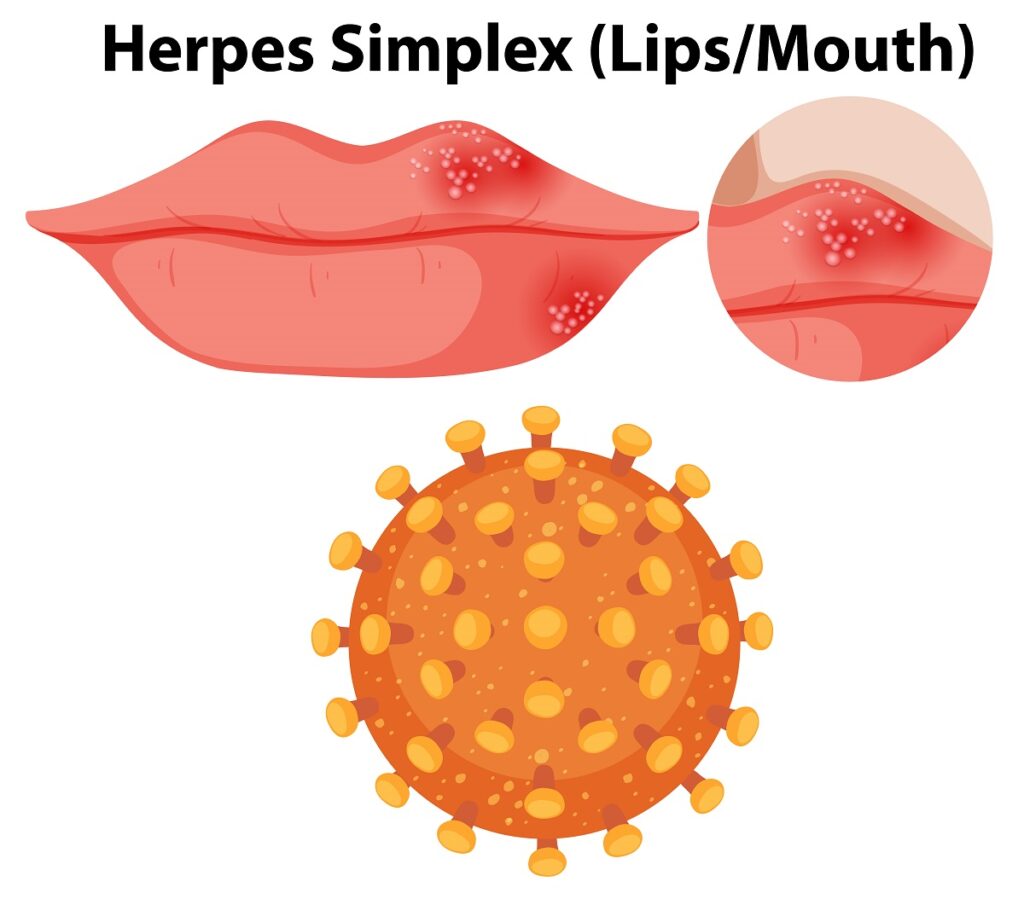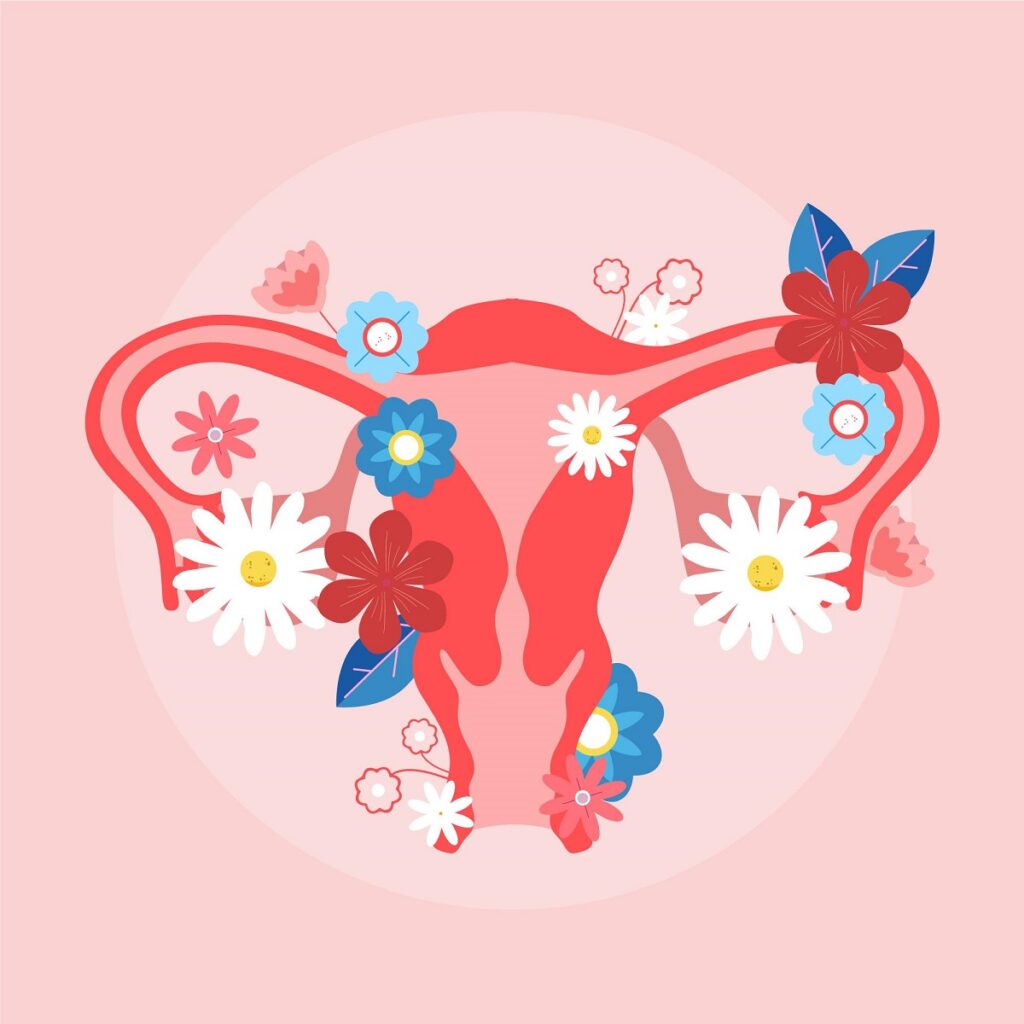Herpes, a common viral infection caused by the herpes simplex virus (HSV), affects millions of people worldwide. Understanding what herpes looks like is crucial for recognizing its symptoms, seeking appropriate medical attention, and managing the condition effectively. This comprehensive guide will delve into what does herpes look like, differentiating between its types, stages, and the impact on various parts of the body.

Types of Herpes and Their Visual Characteristics
Herpes manifests primarily in two forms: HSV-1 and HSV-2. Although both types can affect different parts of the body, they are commonly associated with specific areas.
1. Oral Herpes (HSV-1):
Oral herpes, often referred to as cold sores or fever blisters, typically appears around the mouth and lips. However, HSV-1 can also cause genital herpes through oral-genital contact.
What does herpes look like
- Initial Symptoms: The onset of oral herpes often begins with a tingling, itching, or burning sensation around the lips or mouth.
- Blisters: Small, fluid-filled blisters emerge within a few days. These blisters are usually grouped together and can cause discomfort.
- Sores: The blisters eventually rupture, forming painful open sores or ulcers. These sores may ooze fluid and then crust over, forming scabs.
- Healing: The sores gradually heal over one to two weeks, leaving no permanent scars in most cases.
2. Genital Herpes (HSV-2):
Genital herpes primarily affects the genital and anal regions. While HSV-2 is the most common cause, HSV-1 can also result in genital herpes.

Appearance:
- Prodromal Phase: Similar to oral herpes, genital herpes often starts with a tingling, itching, or burning sensation in the affected area.
- Blisters: Small, red bumps or blisters appear on the genitals, buttocks, thighs, or anus. These blisters can be painful and may be accompanied by flu-like symptoms such as fever, swollen lymph nodes, and body aches.
- Sores: The blisters rupture, forming shallow ulcers or sores that can be painful and may take several weeks to heal.
- Crusting and Healing: The sores eventually crust over and heal, but the virus remains in the body, capable of reactivating in the future.
Stages of Herpes and Their Visual Indicators
Herpes infections progress through distinct stages, each with its visual characteristics. Understanding these stages can help identify and manage the infection effectively.
1. Primary Infection:
The primary infection is the initial outbreak of herpes and often the most severe. It occurs within two to twenty days after exposure to the virus.
- Symptoms: The primary infection can cause multiple blisters or sores, intense pain, and systemic symptoms like fever, headache, and swollen lymph nodes.
- Visuals: Clusters of blisters filled with clear or yellowish fluid. These blisters can merge, forming larger, painful ulcers.
2. Latent Stage:
After the primary infection, herpes enters a latent stage, where the virus retreats to the nerve cells near the spine and remains dormant.
- Symptoms: During the latent stage, there are no visible symptoms or sores.
- Visuals: No visible signs; the virus is inactive.
3. Recurrences:
Herpes can reactivate periodically, leading to recurrent outbreaks. The frequency and severity of recurrences vary among individuals.
- Symptoms: Recurrent outbreaks are often milder than the primary infection. They may be preceded by prodromal symptoms such as tingling or itching.
- Visuals: Recurrent outbreaks typically present as clusters of blisters or sores similar to the primary infection but on a smaller scale.
Herpes in Different Body Parts
Herpes can affect various parts of the body beyond the oral and genital regions. Recognizing the visual characteristics in different locations is essential for accurate diagnosis and treatment.
1. Herpetic Whitlow:
Herpetic whitlow is a herpes infection of the fingers, usually caused by HSV-1 or HSV-2. It often occurs in healthcare workers and individuals who bite their nails or have open cuts on their fingers.
Appearance: Painful, red, swollen blisters or ulcers on the fingers or around the nail bed. The affected area may be tender and throbbing.
2. Herpes Gladiatorum:
Herpes gladiatorum, also known as mat herpes, is a skin infection caused by HSV-1. It is commonly seen in athletes involved in contact sports like wrestling.
Appearance: Painful, clustered blisters or sores on the face, neck, arms, or torso. The lesions may be accompanied by fever and swollen lymph nodes.
3. Ocular Herpes:
Ocular herpes is a herpes infection of the eye, primarily caused by HSV-1. It can lead to serious eye conditions and vision problems if left untreated.
Appearance: Red, swollen eye with painful, watery blisters or sores on the eyelids or around the eye. The infection can affect the cornea, leading to blurred vision, sensitivity to light, and eye discharge.
4. Neonatal Herpes:
Neonatal herpes is a severe herpes infection in newborns, usually transmitted from the mother during childbirth. It can affect the skin, eyes, and internal organs.
Appearance: Clusters of blisters or sores on the skin, eyes, or mouth of the newborn. Severe cases can involve respiratory distress, seizures, and organ failure.
Diagnosing Herpes
Accurate diagnosis of herpes is crucial for effective management and treatment. Several methods can help confirm the presence of the herpes simplex virus.
1. Clinical Examination:
A healthcare provider can often diagnose herpes based on the appearance of the blisters or sores and the patient’s symptoms. A thorough medical history and physical examination are essential.
2. Laboratory Tests:
- Viral Culture: A sample from the blister or sore is taken and cultured in a laboratory to detect the presence of the virus.
- Polymerase Chain Reaction (PCR): PCR tests can detect the genetic material of the herpes virus, providing a highly accurate diagnosis.
- Blood Tests: Blood tests can identify antibodies to HSV-1 or HSV-2, indicating a past or current infection.
Managing Herpes
While there is no cure for herpes, several strategies can help manage the symptoms, reduce the frequency of outbreaks, and prevent transmission.
1. Antiviral Medications:
Antiviral drugs such as acyclovir, valacyclovir, and famciclovir can reduce the severity and duration of outbreaks. These medications can be taken during an outbreak or as suppressive therapy to prevent frequent recurrences.
2. Home Care:
- Hygiene: Keeping the affected area clean and dry can prevent secondary bacterial infections.
- Pain Relief: Over-the-counter pain relievers, such as ibuprofen or acetaminophen, can alleviate pain and discomfort.
- Cool Compresses: Applying a cool, damp cloth to the blisters can reduce itching and swelling.
3. Lifestyle Modifications:
- Stress Management: Stress can trigger herpes outbreaks, so practicing stress-reduction techniques like meditation, yoga, or deep breathing can be beneficial.
- Diet: A healthy diet rich in vitamins and minerals can support the immune system and reduce the frequency of outbreaks.
- Avoiding Triggers: Identifying and avoiding triggers such as excessive sun exposure, illness, or hormonal changes can help prevent outbreaks.
4. Preventing Transmission:
- Safe Sex Practices: Using condoms and dental dams can reduce the risk of transmitting genital herpes to sexual partners.
- Disclosure: Open communication with sexual partners about herpes status is crucial for preventing transmission.
- Avoiding Contact: Refraining from kissing or engaging in oral sex during an active oral herpes outbreak can prevent spreading the virus.
Psychological Impact of Herpes
Living with herpes can have a significant psychological impact. The stigma associated with the condition can lead to feelings of shame, embarrassment, and anxiety. It is essential to address these emotional challenges to maintain a healthy and fulfilling life.
1. Education and Awareness:
Understanding the facts about herpes, including its prevalence and manageable nature, can help reduce stigma and promote acceptance.
2. Support Groups:
Joining support groups or seeking counseling can provide emotional support and a sense of community for individuals living with herpes.
3. Open Communication:
Discussing herpes with partners, friends, or family members can help alleviate feelings of isolation and promote understanding.
Conclusion
Herpes is a common viral infection with distinct visual characteristics, depending on its type, location, and stage. Recognizing what does herpes look like is crucial for early diagnosis, effective management, and reducing transmission. While living with herpes can be challenging, understanding the condition, seeking appropriate medical care, and adopting healthy lifestyle practices can help individuals lead fulfilling lives. Education, awareness, and open communication are key to breaking the stigma and promoting a supportive environment for those affected by herpes.